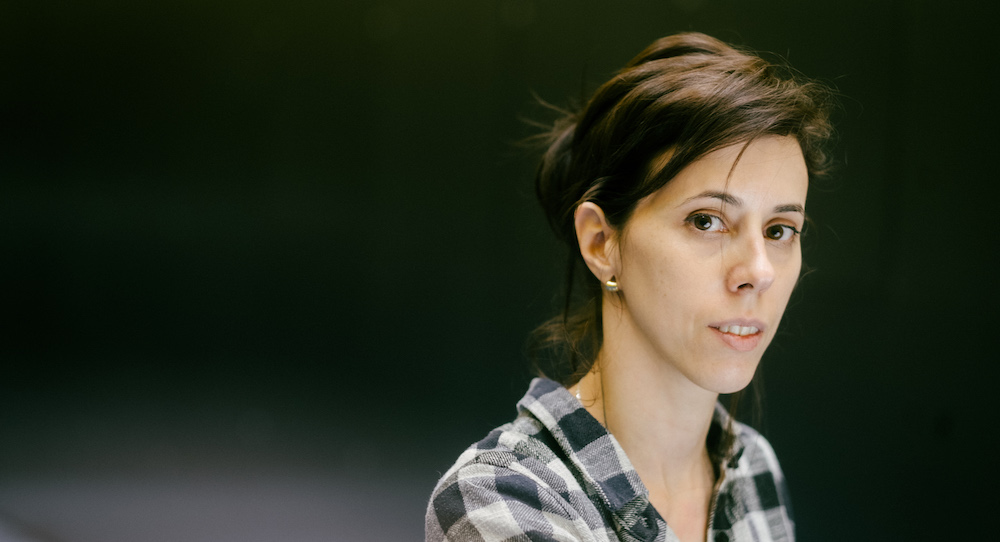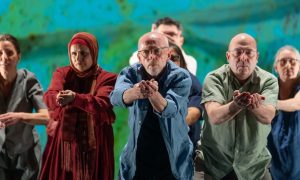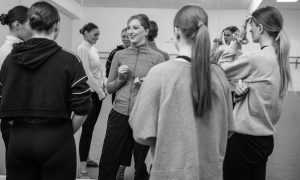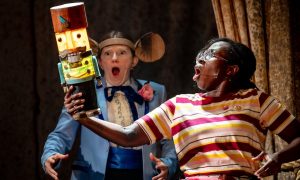Broader culture certainly has its mental images and perceived norms about the nature of “dance” and “dancers.” Those are the sorts of images and norms that Portuguese movement artist Diana Niepce investigates. Working in a state of tension and conflict, as she describes it, she challenges what dance and our broader culture have taken for granted. It’s not about provocation, however, she affirms. Her work can provoke, yes – but it can also generate empathy, inquiry and self-reflection.

She’ll bring all of this to bear in The Other Side of Dance, which she’ll present at the Dance Umbrella festival (at London’s Southbank Centre’s Queen Elizabeth Hall, from 16 – 17 October). Through Niepce and three other performers, the work will peer back through the history of dance as well as other forms of oppression at the site of the body. Dance Informa speaks with Niepce about the work, her process and technique more generally, how audience members often engage with her broader body of work, and much more.
Physics, images and tension
Niepce explains that she works by “disposing” what she isn’t interested in, what doesn’t serve the work that she wants to make. Ergo, much of the process involves stripping away. “I’m interested in a minimal state of rawness,” she explains. There is tension and transgression inherent in that, but it’s not necessarily the driving force at hand. Niepce is highly invested in the space of the body. She seeks to interrogate what is “normative,” what is hierarchical, within and beyond that space.
For example, Niepce confronts how disabled bodies are “spectacularized,” are utilized in sticky-sweet inspiration stories. She wants to place vulnerability as strength rather than weakness. “We have so many social masks,” she argues. “I’m interested in the ‘neutral body’, and how that can be perceived when we step away from those social masks.” Niepce also involves specific images in her work, often those that culture bombards us with each day. That approach makes her work highly, and intentionally, imagistic.
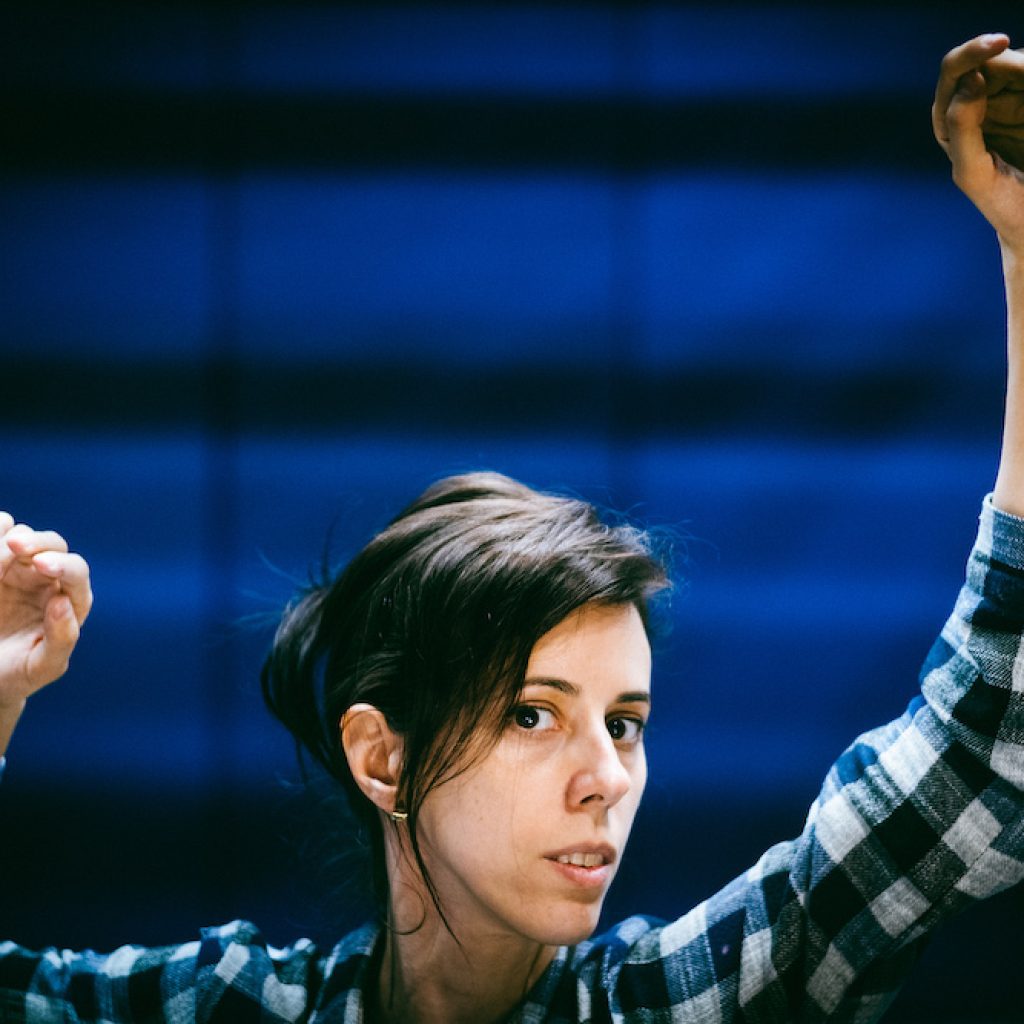
There is a specific technique that she uses toward all of those aims, she notes – grounded in circus technique (in which she has extensive experience), writings of Michel Foucault, Butoh and the work of other disabled artists from whom she’s learned. Her movement vocabulary explores physics of the body and of movement (force, velocity, et cetera), contortion, and kinetic manipulation. Niepce’s technique also draws upon her interest in how our bodies are extensions of each other and of the world, she says.
Unlike many disabled movement artists, who do dazzling feats with assistive devices, Niepce does not utilize such devices in her work. “I don’t try to hide what the body is experiencing…I’m interested in bodies!” she says with a smile. “I wasn’t born disabled, and I don’t feel like a wheelchair is my legs.”
She explains how over the past 10 years, after a spinal cord injury, she’s been working on mobility. Through that time, she’s received many messages about what is “normative,” those that are often condescending and paternalistic. Those are the sort of messages that she wants her work to question, she notes.
Engaging collaborators and audience members
Niepce asks herself to create within that “conflict state,” but she is intentional about not imposing that on her collaborators. Instead, she prioritizes taking space and time for care – necessary because of the work’s sensitive, at times distressing subject matter. “Sometimes, we have to step back…I don’t move forward if there is a problem, if something gets triggered.” It’s all within the “trying and failing, and trying and failing again” that she believes is only par for the course in the creative process.
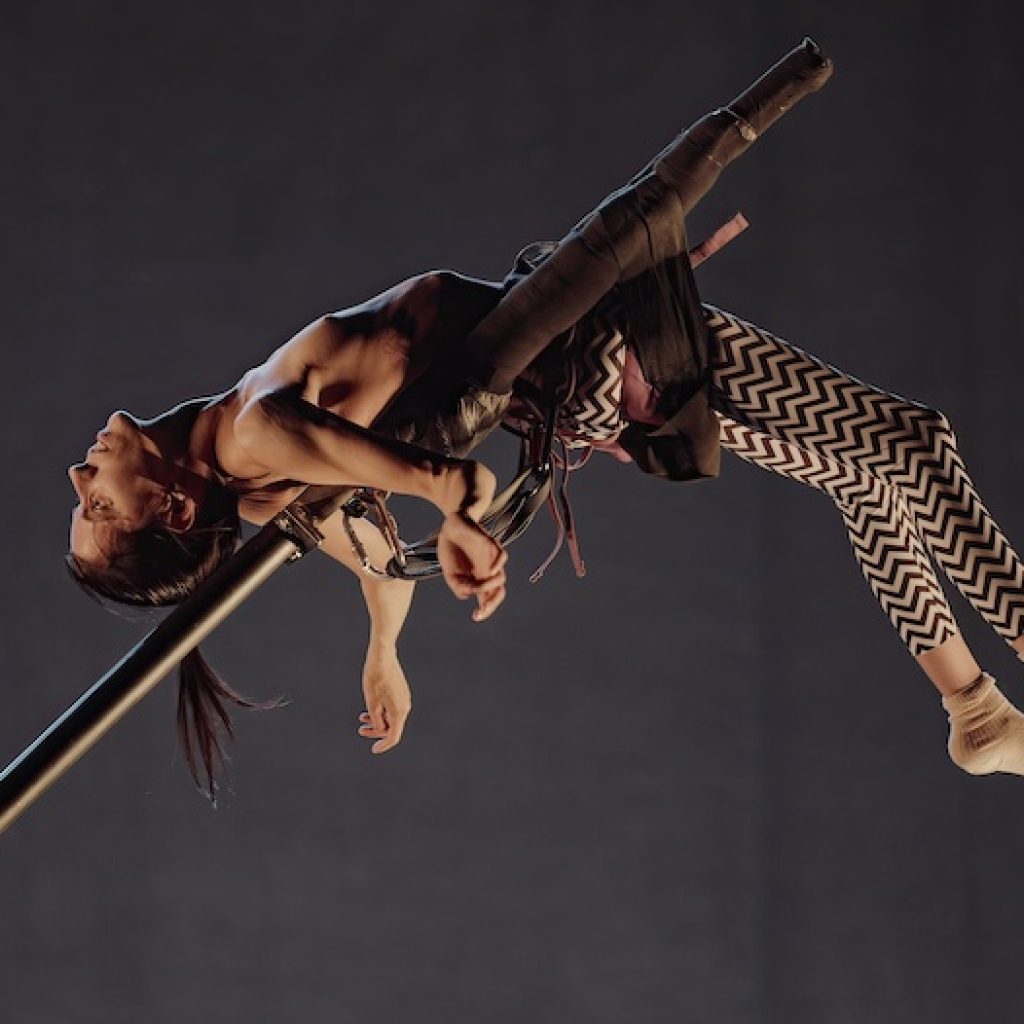
She doesn’t come into the room knowing what she wants to make – but with her collaborators, and pausing to take care if necessary, together they find out what the work will be. Niepce is also purposeful about adding joy to that often arduous process. “I give really fun warm-ups,” she says with another smile. She’s learned how to navigate all of these dynamics through working with many different teams over the course of her career.
And the impact upon audience members from what results, from the presented work? Yes, there is tension, transgression and provocation – but none of that is for shock value, she explains. Most significantly, audience members feel empathy when they experience it – empathy from a connection that she creates with audience members. And “experience” is just the sense she prefers, rather than audiences passively viewing her work. “I take the carpet out from under your feet…you may not know what’s happening to you,” she notes.
Audience members, such as those Niepce has spoken with years after they’ve taken in her work, begin to ask deeper questions of themselves — of their own life experiences, of existence, of the body. Even if it’s after some time and personal reflection, audience members may feel how they see the world shifting. They notice what is normalized that shouldn’t be normalized.
The Other Side of Dance
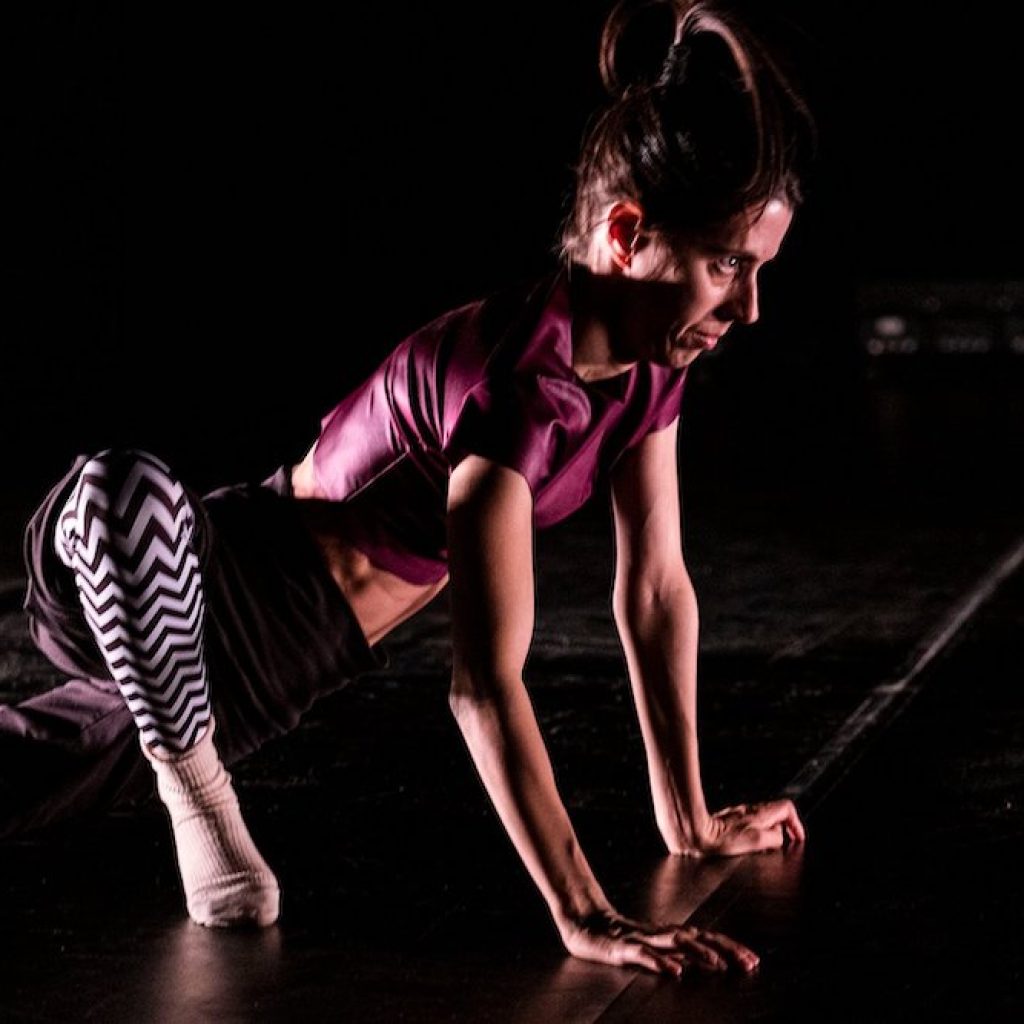
On that foundation, enter The Other Side of Dance. It follows her semi-autobiographical work, Anda, Diana (2021). This work, like all of her other work, is also grounded in deep research. “I researched how non-normative bodies have been treated throughout dance history…how they have been used like toys” – and how that fits in “history of the body,” Niepce notes. Following her interest in a raw, minimalistic quality, the work’s design is sparse, unadorned.
She originally envisioned the work as a solo, but it became clear that adding other performers just made more dramaturgical sense. That was later in the process than is typical for how she works, she says – which was challenging, but ultimately feasible. Her three fellow performers wear rigs in the work. That draws upon Niepce’s circus tradition, but also for safety.
Even in a space of tension and conflict, care remains paramount. Challenging norms and raising questions does, too. “Artists don’t have perfect answers…my work is not to give answers, but to ask questions and to make people think,” Niepce affirms.
Diana Niepce’s The Other Side of Dance will be presented from 16 – 17 October, as part of Dance Umbrella 2024. For bookings and more information, visit danceumbrella.co.uk/event/diana-niepce-the-other-side-of-dance.
By Kathryn Boland of Dance Informa.


